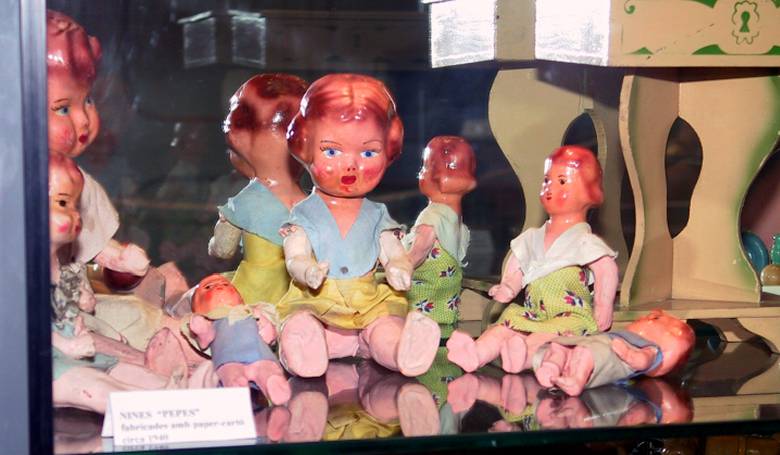"Toy Story" is a cartoon that children and adults love. Has your child ever wondered what kind of history their toys might have? Maybe you have a teddy bear or a doll at home that your parents used to play with. But if not, there are exciting stories to tell at the Toy Story Museum in Sant Feliu de Guixols.
One of the most unusual attractions on the Costa Brava has an entrance in the form of a giant dragon's head with its mouth open. This dragon used to inhabit the Montjuïc hill in Barcelona. Let the lizard consume you, and you'll find yourself in the beautiful halls of an ancient house. This is where toy collector Thomas Pla exhibited his collection in 2000. The museum now has 3,500 objects on display, and almost everyone makes children's hearts flutter.
The oldest toys in the museum date back to the second half of the 19th century. One of the halls is devoted to tinware. It's hard to imagine, but even puppets for table theatre are made of metal. Another room displays wooden toys from the mid-twentieth century. The wooden compositions are sometimes quite intricate — in one showcase, you can see a Ferris wheel, with a little man sitting in each stall.
A collection of trains occupies an entire large room of the Toy History Museum on the Costa Brava. The locomotives and carriages are on different scales but with astonishing accuracy. Steam and electric locomotives are also on display. Some trains don't just stand behind the glass but are used in the railway layout.
The museum also has an exposition dedicated to modern toys, construction and board games. These are mostly made from plastic and cardboard. Simple dolls and models for studying anatomy, cartoon characters and dolls in costumes of different professions, outfits and furniture — all this fascinates children.
There's also a room that's best not to be visited by young children. Vampire dolls, skeletons and other horrors that moved here from Barcelona with the dragon will only entertain the older kids. After the tour, you can stroll along the ancient promenade of Sant Feliu de Guixols or visit the museum of shipwrecks and maritime catastrophes.










